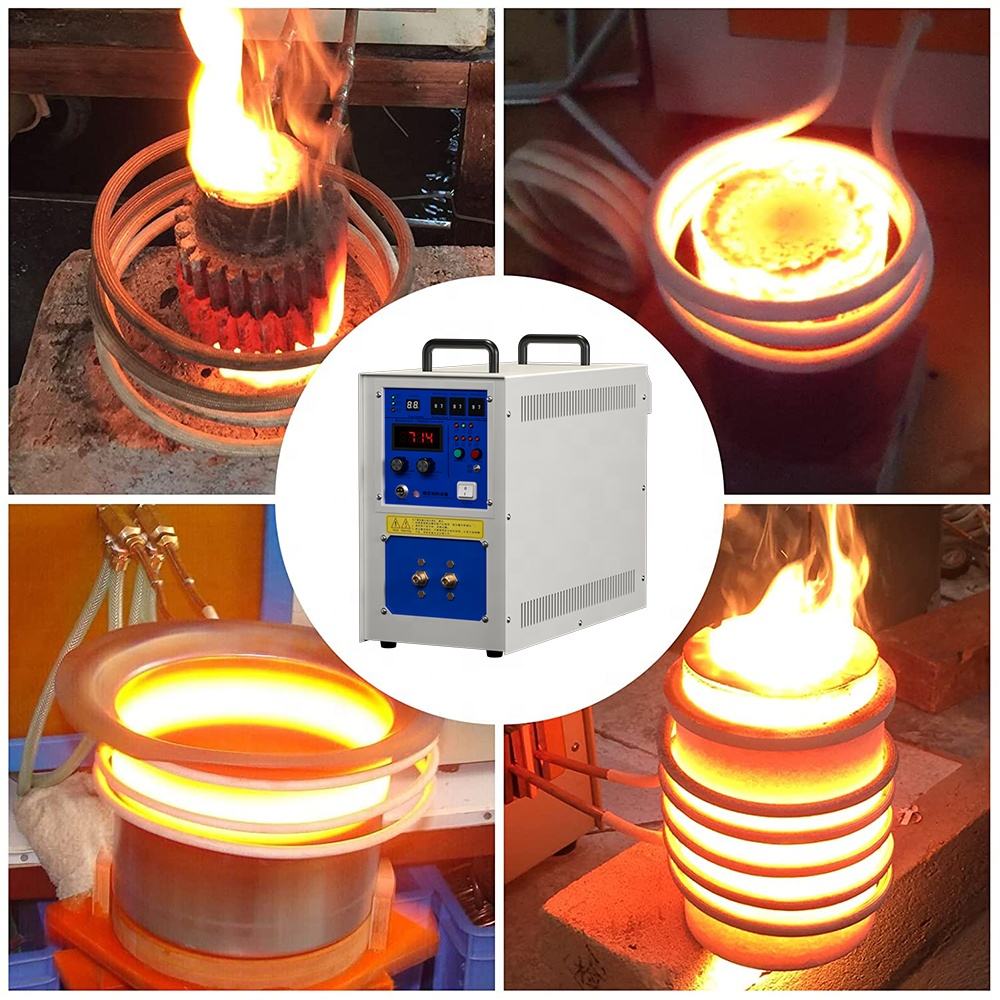What Heat Treatment is Required for Drywall Screws
Jul. 30, 2025
The heat treatment process for drywall screws (self-tapping screws used to secure lightweight wall materials such as gypsum board) must balance hardness, toughness, corrosion resistance, and machinability to meet the demands of high-speed self-tapping installation and long-term service. Below is an analysis of the core steps, process parameters, and functions of their heat treatment:
Comparison of Common Materials and Heat Treatment Solutions
Material Type | Typical Grade | Quenching Temp. | Tempering Temp. | Surface hardness | Heart muscle hardness | Application scenario |
Low-carbon alloy steel | 10B21 | 860℃ | 200℃ | HRC 50 | HRC 30 | Regular gypsum board fixation |
Medium-carbon steel | 45# | 840℃ | 220℃ | HRC 52 | HRC 32 | Light steel keel fixation |
Stainless steel | 304 | 1080℃ | 450℃ | HRC 48 | HRC 28 | Damp environment (such as bathroom) |
High-strength steel | SCM435 | 880℃ | 180℃ | HRC 55 | HRC 35 | Seismic structure fixation |

Summary: The heat treatment of drywall screws should focus on achieving high hardness on the surface and high toughness in the core. This can be accomplished through the process of induction quenching followed by tempering.









